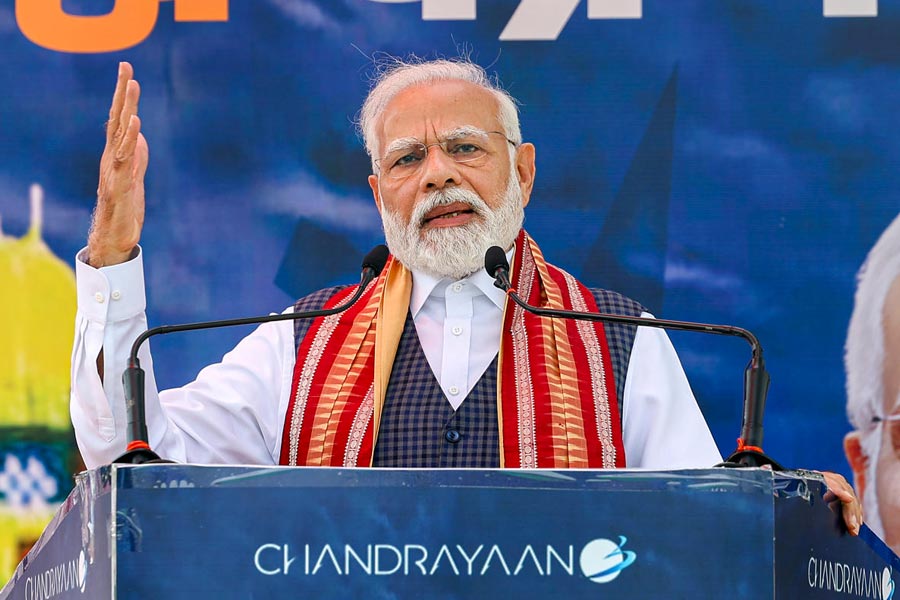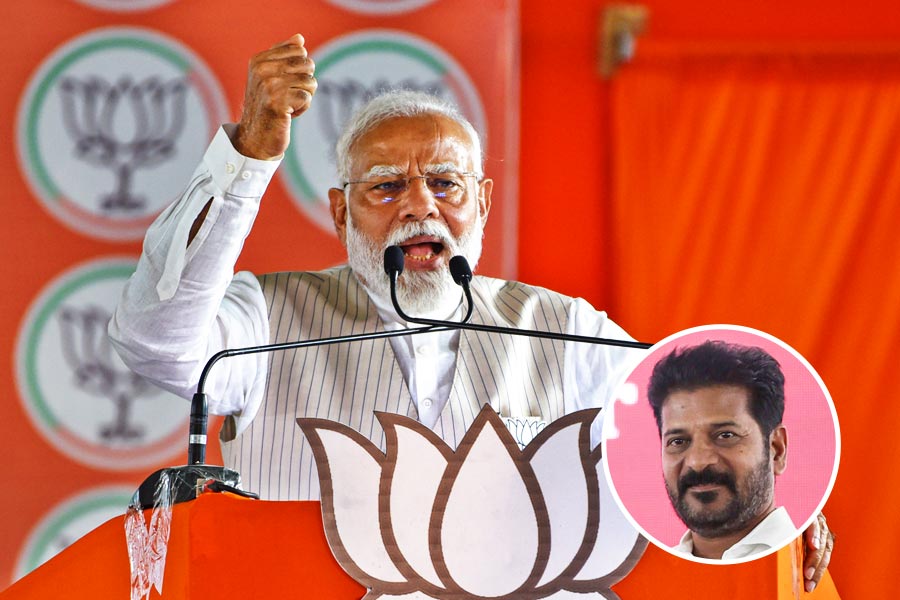The success of Chandrayaan-3’s mission is a testament to the excellence and dedication of the scientists and engineers of the Indian Space Research Organisation. The soft landing on the south pole of the moon where none had ventured before was made possible by years of single-minded work of which the public remained unaware, because scientists, thinkers and makers do not hog the limelight. Chandrayaan-1 left the earth in October 2008, which gives some idea of the length of time for which scientists had laboured to achieve Isro’s success. They have gifted India with a reason for tremendous pride. It is not a gift to the Narendra Modi-led Bharatiya Janata Party government, neither is it an achievement that can be claimed by an individual or a party. Yet it was the prime minister’s face that occupied half the screen on some television channels while Chandrayaan-3 made its astonishing, almost poetic, landing. Viewers had their attention equally divided while the commentator occasionally found Mr Modi’s expression as fascinating as the descending craft during the last crucial minutes.
The prime minister named the lander’s touchdown point Shiv Shakti, suggestive of religious action instead of the advance of science. The name would need the approval of the International Astronomical Union, which decides on the nomenclature of sites and features on the moon and on planets. But whatever happens in that sphere, respective countries can call these sites by their own names. The prime minister’s fluid interpretations made the name into an inspiration for the young to use science for the good — shiv — of mankind, with shakti as a tribute to women scientists (are they not part of shiv then?) and, more specifically, into a term that represented the country’s connectedness from the Himalayas to Kanyakumari. This apparently benevolent image of geographical lineaments underlined the religious connotation of Shiv Shakti: it suggested the exclusion of other faiths, not the inclusion of all. No interpretation can lessen the name’s religious impact. The naming of Chandrayaan-2’s crash site Tiranga, the tricolour that leads to success, completed the addictive blend of religion, majoritarianism and nationalism with which the BJP enchants its followers.
There are internationally accepted traditions of naming sites on other planets. Shiv Shakti is an exception there. India’s pride and the scientists’ achievement have been turned into the prime minister’s message to his constituency, a route to votes. Yet, schoolchildren are now being taught to revere ancient science through textbooks from which sections, such as that on the Darwinian evolution, have been excised. Ancient science was supposed to have achieved plastic surgery, stem cell technology and interstellar communication among other phenomena. But the creators of Chandrayaan learnt from rather different texts. It augurs ill for the future of science and of learning when the most advanced scientific achievement is seized as a political plank while children are pushed towards faith- and myth-based lessons.










